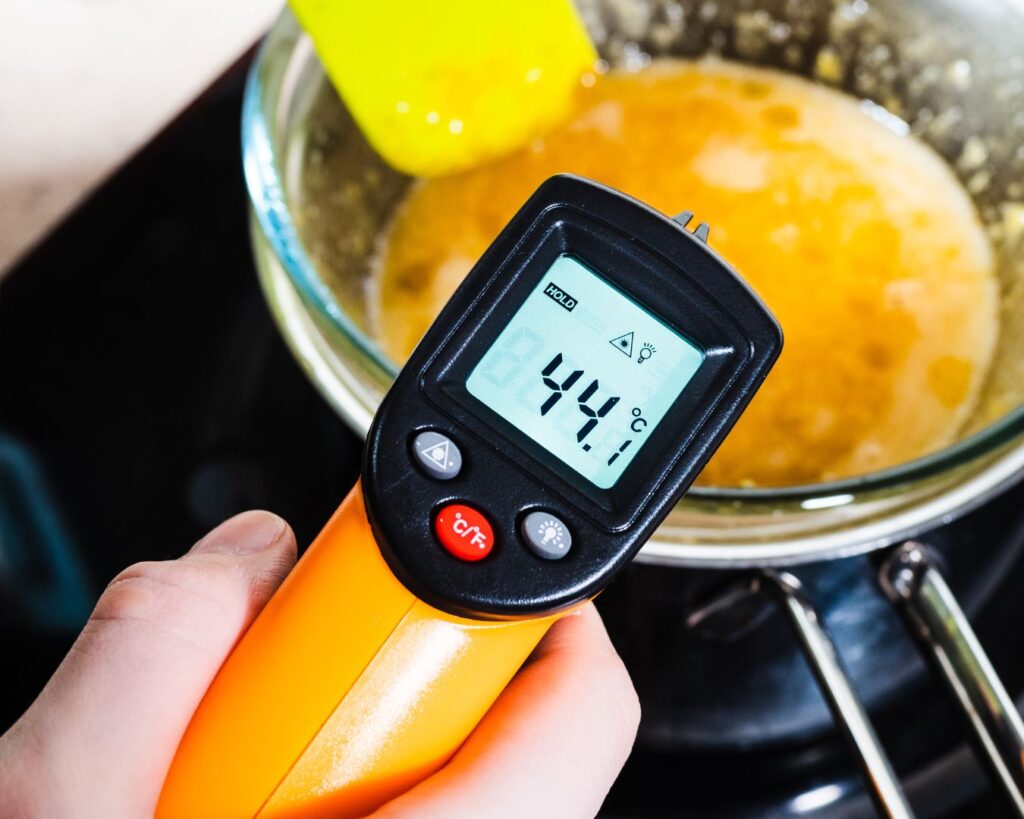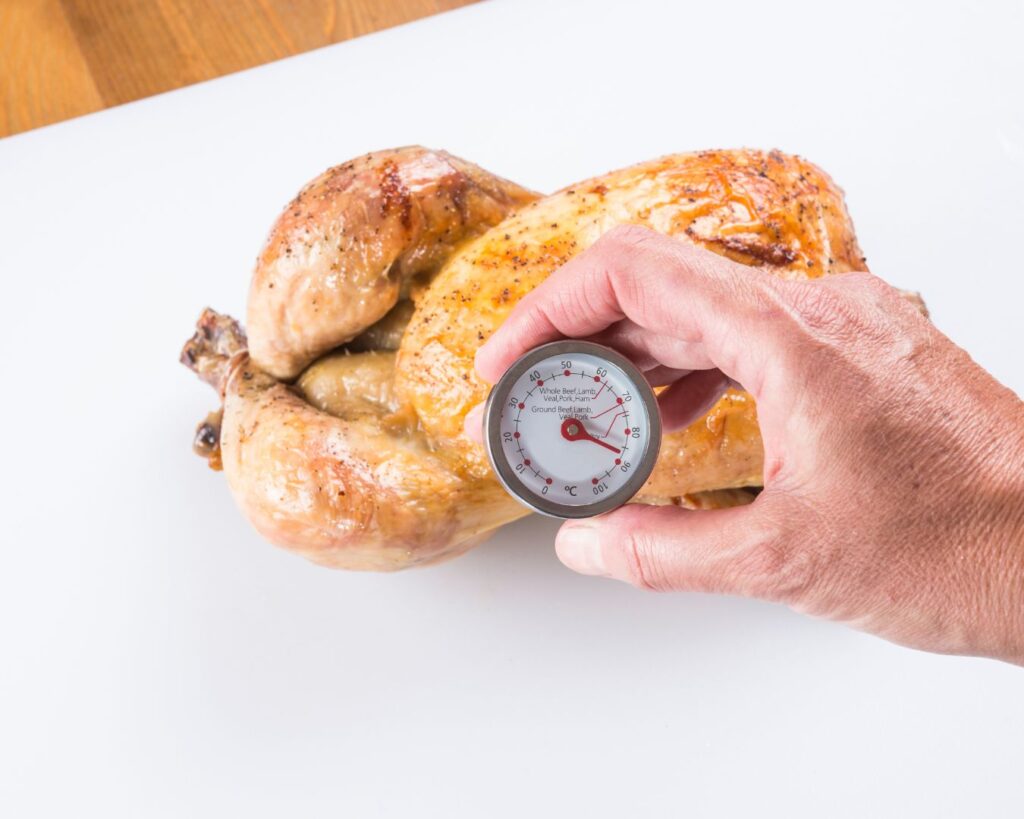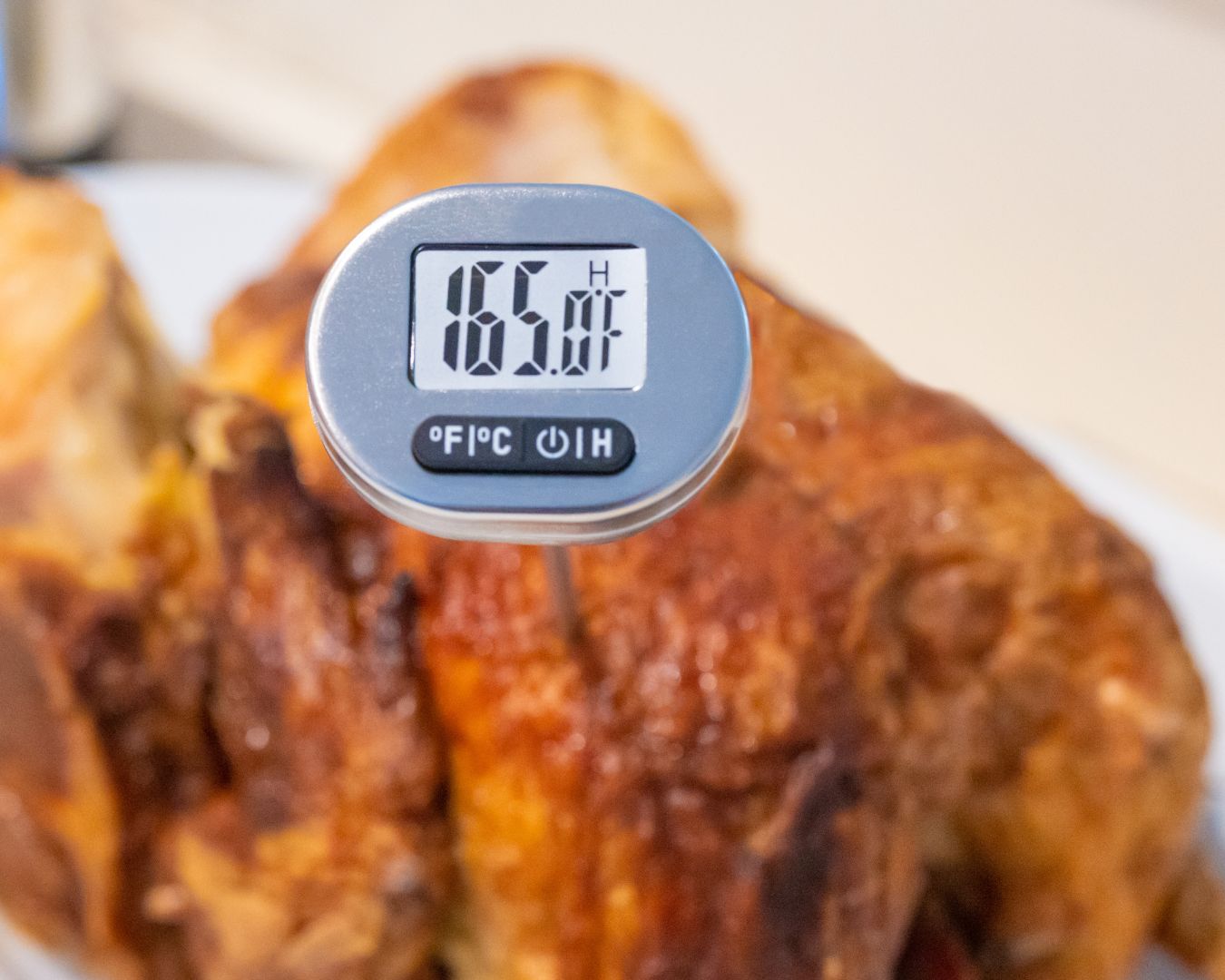Correct Internal Cooking Temperatures for Different Foods
Cooking food to the correct internal temperature is crucial for ensuring both safety and flavor. Undercooked food can harbor harmful bacteria that may cause foodborne illnesses, while overcooked food can lose its taste and texture. Knowing the right temperatures for different types of food helps you cook confidently, whether you’re grilling, roasting, baking, or frying. In this blog post, we’ll explore the correct internal cooking temperatures for various foods to help you achieve delicious and safe results every time.
Why Internal Cooking Temperature Matters
Cooking food to the proper internal temperature kills harmful bacteria like Salmonella, E. coli, and Listeria, which can cause serious health issues if ingested. Different foods have different recommended temperatures because of their unique compositions and potential for contamination. Using a food thermometer is the most reliable way to ensure your food has reached the safe internal temperature.

Internal Cooking Temperatures for Different Foods
1. Poultry (Chicken, Turkey, Duck)
- Safe Internal Temperature: 165°F (74°C)
- Why It Matters: Poultry is especially prone to bacteria like Salmonella and Campylobacter, which can only be eliminated by cooking to at least 165°F. This temperature should be reached in the thickest part of the meat without touching bone.
2. Ground Meats (Beef, Pork, Veal, Lamb)
- Safe Internal Temperature: 160°F (71°C)
- Why It Matters: Ground meats have a higher risk of contamination since bacteria can be spread throughout the meat during grinding. Cooking to 160°F ensures that all harmful bacteria are destroyed.
3. Beef, Veal, Lamb (Steaks, Roasts, Chops)
- Medium-Rare: 135°F (57°C)
- Medium: 145°F (63°C)
- Medium-Well: 150°F (66°C)
- Well-Done: 160°F (71°C)
- Why It Matters: While beef, veal, and lamb can be safely consumed at lower temperatures than poultry, reaching at least 145°F is recommended to ensure safety and optimal flavor, especially for ground versions of these meats.
4. Pork (Chops, Roasts, Tenderloin)
- Safe Internal Temperature: 145°F (63°C) with a 3-minute rest time
- Why It Matters: Trichinosis, a parasite that used to be a concern with pork, is killed at 145°F. The rest time allows the temperature to continue rising slightly, ensuring safety without drying out the meat.
5. Fish and Shellfish
- Safe Internal Temperature: 145°F (63°C)
- Why It Matters: Cooking fish and shellfish to 145°F kills harmful parasites and bacteria. The flesh should be opaque and flake easily with a fork.
6. Eggs
- Safe Internal Temperature: 160°F (71°C)
- Why It Matters: Eggs should be cooked until both the yolk and white are firm to avoid the risk of Salmonella. For dishes like casseroles or quiches containing eggs, the internal temperature should also reach 160°F.
7. Leftovers and Casseroles
- Safe Internal Temperature: 165°F (74°C)
- Why It Matters: Reheating leftovers and casseroles to 165°F ensures that any bacteria that may have developed during storage are killed. This temperature is essential for safe consumption.
8. Ham (Fresh or Cooked Before Eating)
- Fresh Ham: 145°F (63°C)
- Pre-Cooked Ham (to reheat): 140°F (60°C)
- Why It Matters: Fresh ham needs to reach 145°F to be safe, while pre-cooked ham should be reheated to 140°F to avoid dryness while still ensuring safety.

Tips for Using a Food Thermometer
- Choose the Right Thermometer: Instant-read digital thermometers are ideal for quick checks, while probe thermometers are great for continuous monitoring during roasting or grilling.
- Measure in the Thickest Part: Insert the thermometer into the thickest part of the food, avoiding bones, fat, or gristle for the most accurate reading.
- Clean Between Uses: Always clean your thermometer with hot, soapy water between uses to prevent cross-contamination.
Cooking to the correct internal temperature is key to enjoying safe and delicious meals. By using a food thermometer and following the recommended temperatures for different foods, you can ensure that your dishes are cooked to perfection every time. Whether you’re preparing a tender steak, juicy chicken, or delicate fish, knowing these temperature guidelines will help you serve meals that are both flavorful and safe.
Make your kitchen a safer place by incorporating these practices into your cooking routine, and take the guesswork out of achieving the perfect doneness.

